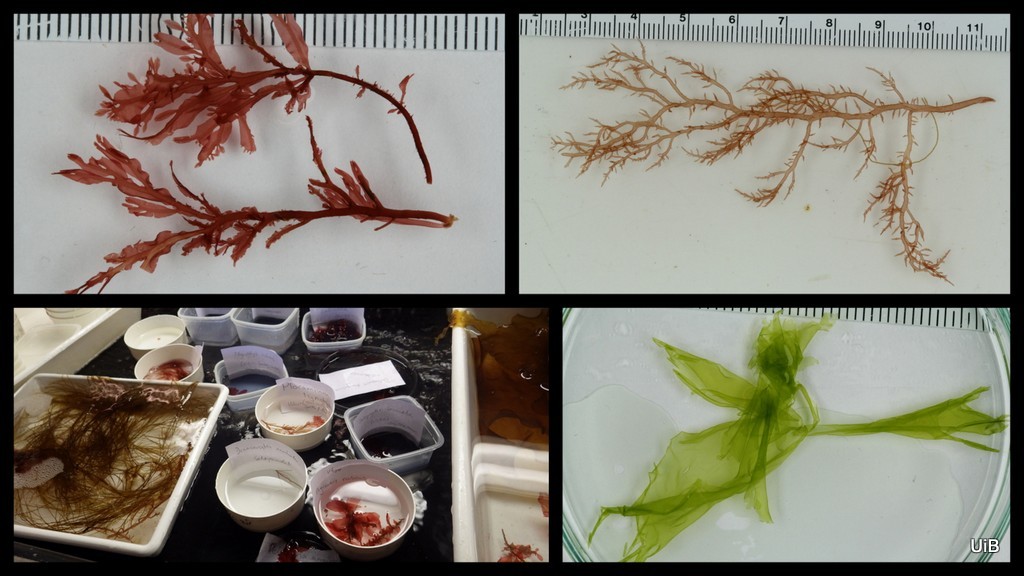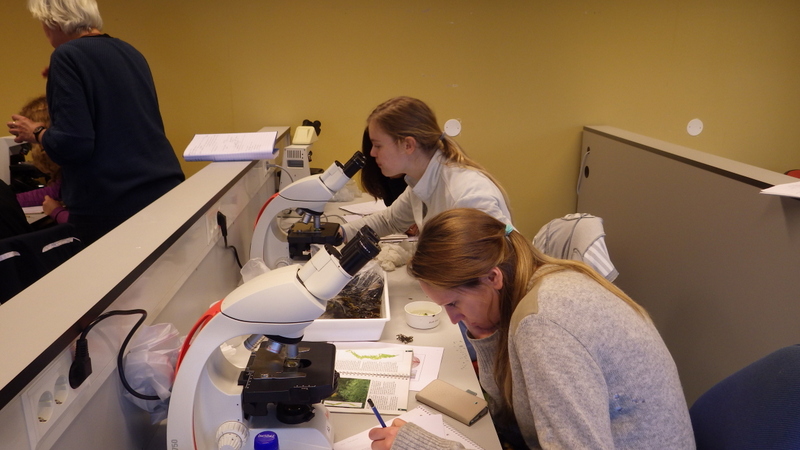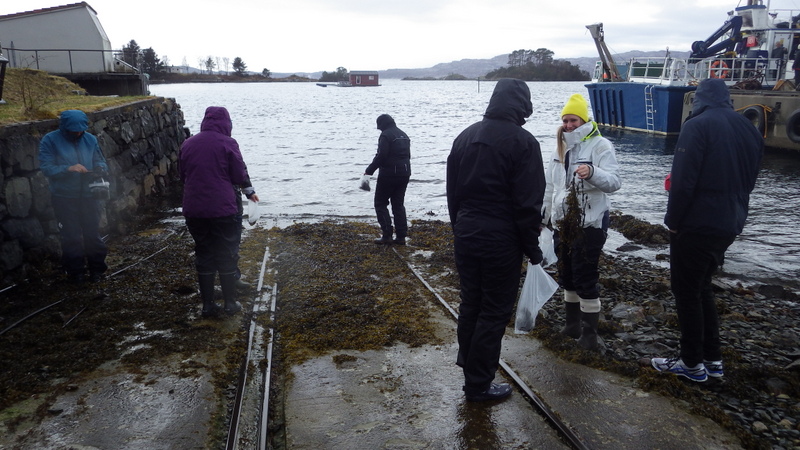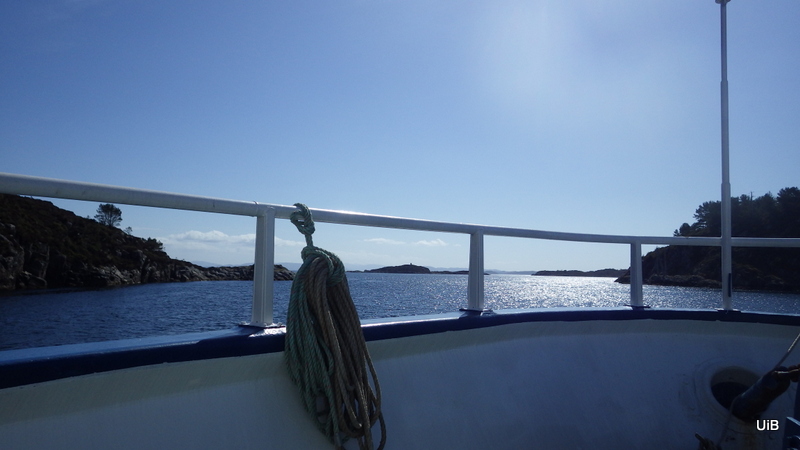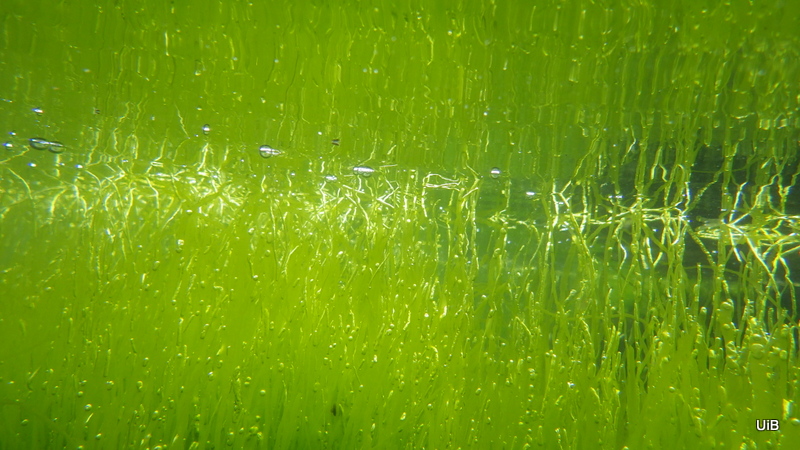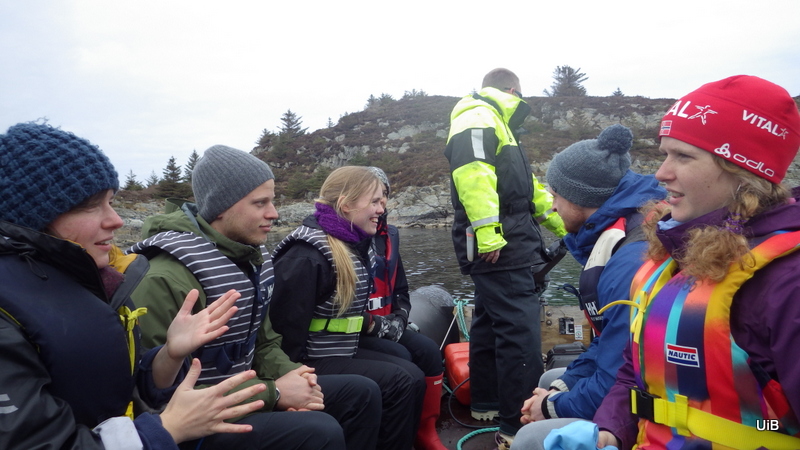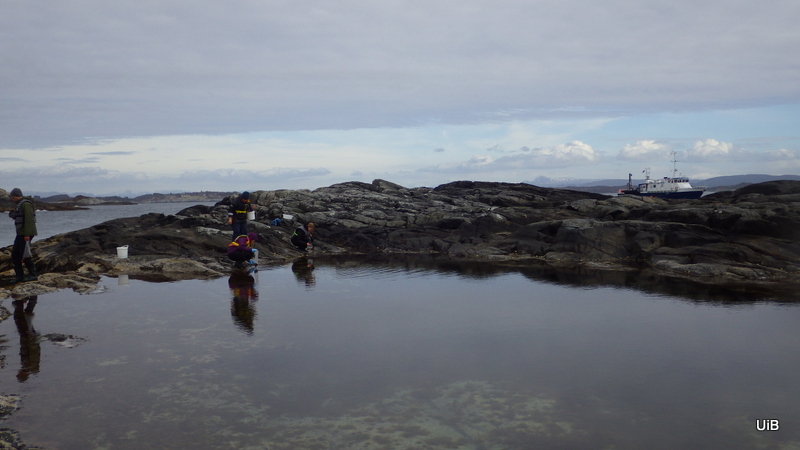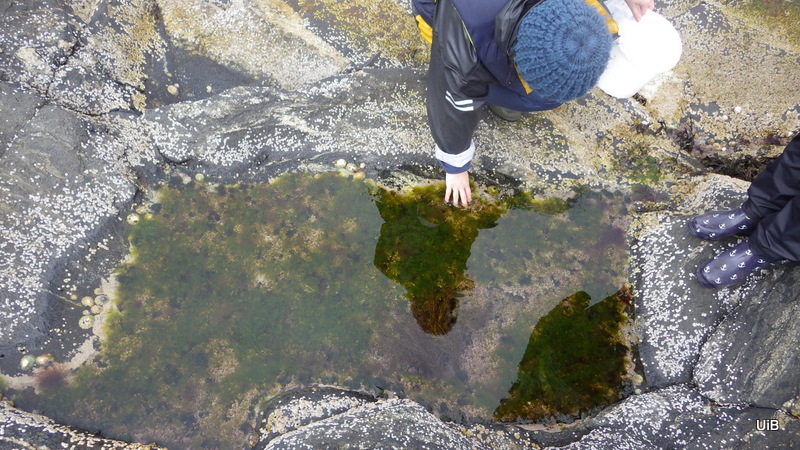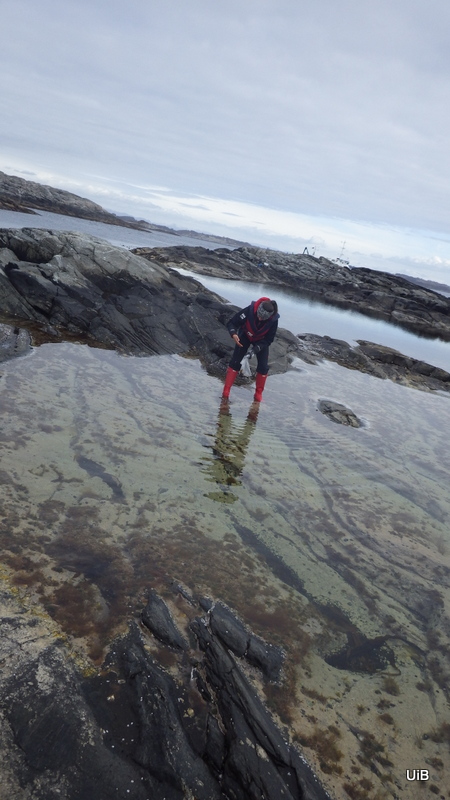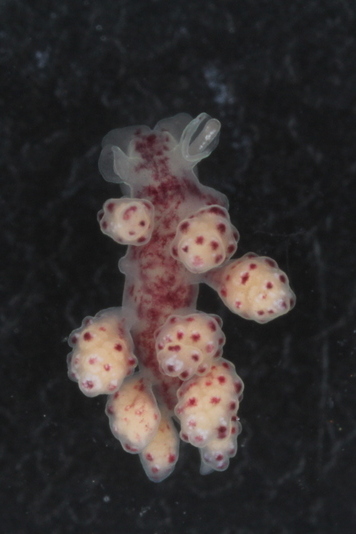Fresh off the press:
“Diversity of Orbiniella (Orbiniidae, Annelida) in the North Atlantic and the Arctic“,
published in ZooKeys. DOI: 10.3897/zookeys.1205.120300 (link goes to paper, it is Open Access)
In this recent publication, PhD candidate Miguel and his co-authors present three new species of marine bristle worms (polychaeta) in the family Orbiniidae, all from the genus Orbiniella.
The work focused on studying the diversity of the group from the North Atlantic and the Arctic, and has used a combination of molecular and morphological analyses.
The new species have been named Orbiniella parapari, Orbiniella griegi, and Orbiniella mayhemi. The choice of names (etymology) goes as follows:
- O. parapari: This species is dedicated to the Spanish polychaetologist Dr. Julio Parapar, who described the first Orbiniella species in the North Atlantic waters, Orbiniella petersenae Parapar, Moreira & Helgason, 2015.
- O. griegi: This species is named in honour of Edvard Grieg, the Norwegian musician born and raised in Bergen, the city where the present study was conducted.
- O. mayhemi: The species is named in honour to the Norwegian Black Metal band from Oslo, Mayhem, one of the bands that most contributed to the development of the Norwegian Black Metal in the 90-s. MAM was listening to their music to endure the darkest hours in the lab.
This may the first time classical composer Edvard Grieg and infamous black metal band Mayhem are presented as closely related?

Figure 7 from the paper, showing details of Orbiniella mayhemi Meca & Budaeva, sp. nov. Image credit: Miguel A. Meca et al. 2024, CC BY 4.0
Citation: Meca MA, Kongsrud JA, Kongshavn K, Alvestad T, Meißner K, Budaeva N (2024) Diversity of Orbiniella (Orbiniidae, Annelida) in the North Atlantic and the Arctic. ZooKeys 1205: 51–88. https://doi.org/10.3897/zookeys.1205.120300 (link)


